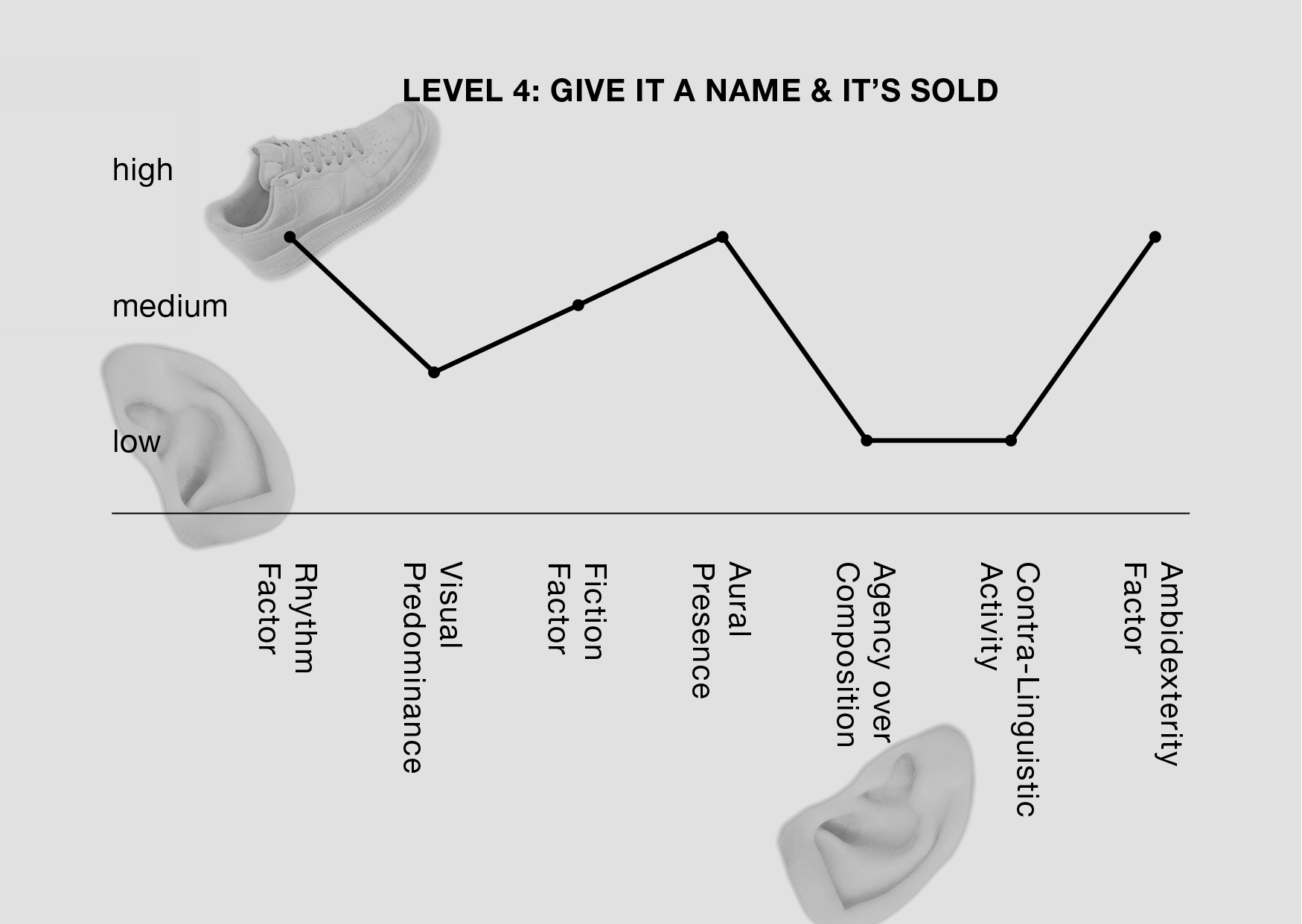This article was written long before the Covid-19 pandemic, and it touches on experiences that are now unavailable to most of us. The current situation has generated a wave of attempts to move the culture of museum participation online, creating new relations mediated by the internet. I don’t believe this evolution contradicts the arguments in this essay, and it might even represent a logical implication of them—but that discussion must be left for a future essay.
Other projects with a similar agenda include, among others, the film exhibition “Inoperative Community,” curated by Dan Kidner; “Notes from the Underground,” an exhibition on music and the counterculture in the Eastern Bloc curated by David Crowley and myself; and, most recently, “Codex Subpartum,” which involved transforming works from the Muzeum Sztuki collection into graphic scores prepared by Barbara Kinga Majewska, Michał Libera, and Konrad Smoleński.
Rosalind Krauss, “The Cultural Logic of the Late Capitalist Museum,” October, no. 54 (Autumn 1990), 7.
Bernard Stiegler, Technics and Time, 3: Cinematic Time and the Question of Malaise, trans. Stephen Barker (Stanford University Press, 2011), 12.
Peter Osborne, Anywhere or Not at All: Philosophy of Contemporary Art (Verso, 2013), 186.
See Claire Bishop, “Black Box, White Cube, Gray Zone: Dance Exhibitions and Audience Attention,” The Drama Review 62, no. 2 (2018).
“Dance in the Ruins: David Everitt Howe Talks to Adam Linder,” Mousse, no. 50 (October–November 2015), 81.
Uri Aran, “I wanted to teach the white cube how to take theatricality,” interview with Adam Linder, Spike, November 1, 2017 →.
“A Conversation between Sound Artist Alessandro Bosetti and Philosopher Alexander Garcia Düttman,” melgun.net →.
DD Dorvillier and Jenn Joy in conversation, in Diary of an Image, eds. Jenn Joy and DD Dorvillier (Danspace Project, 2014), 14.
“DD Dorvillier by Suzanne Snider,” BOMB Magazine, September 24, 2012 →.
Branden W. Joseph, Beyond the Dream Syndicate: Tony Conrad and the Arts after Cage (Zone Books, 2008).
Teresa Kelm and Zygmunt Krauze, Spatial-Musical Composition (Galeria Współczesna, 1968). Quoted in David Crowley and Daniel Muzyczuk, Sounding the Body Electric: Experiments in Art and Music in Eastern Europe 1957-1984, (Muzeum Sztuki, 2012), 149.
Robert Ashley, “Yes, But Is It Edible?”, in Yes, But Is It Edible? The Music of Robert Ashley, for Two or More Voices, eds. Will Holder and Alex Waterman (New Documents, 2014), 131.
Teresa Kelm and Zygmunt Krauze, Spatial-Musical Composition, 149.
Stiegler, Technics and Time, 3, 54.
Stiegler, Technics and Time, 3, 3.
Susan Howe, This That (New Directions, 2010).
Audio credits:
Piotr Kurek, Falling, from: Piotr Kurek, A Sacrifice Shall Be Made / All The Wicked Scenes, LP, Mondoj, 2020
https://mondoj.bandcamp.com/album/a-sacrifice-shall-be-made-all-the-wicked-scenes
Robert Piotrowicz, Flares Et Wasser Hole, from: Robert Piotrowicz, Euzebio, LP, Bôłt Records/Recognition/Musica Genera, 2019
https://robertpiotrowicz.bandcamp.com/album/euzebio
